Idlewild Grows From Small Cottage To 21 Room Mansion With Various High-Profile Owners Over The Years
The first mention of Idlewild in the local press occurred on August 27, 1873, in the Watertown Daily Times. The article focused on the excursion of Watertown Commandery No. 11, Knights of Columbus, to the Thousand Islands (an excursion that’s also mentioned concerning fellow knight Hulbert Harrington Warner of Warner Island.) Near the end of the article, it was written that “handkerchiefs waving from friendly hands on ‘Idlewild’ and other islands told us that we were among friends.”
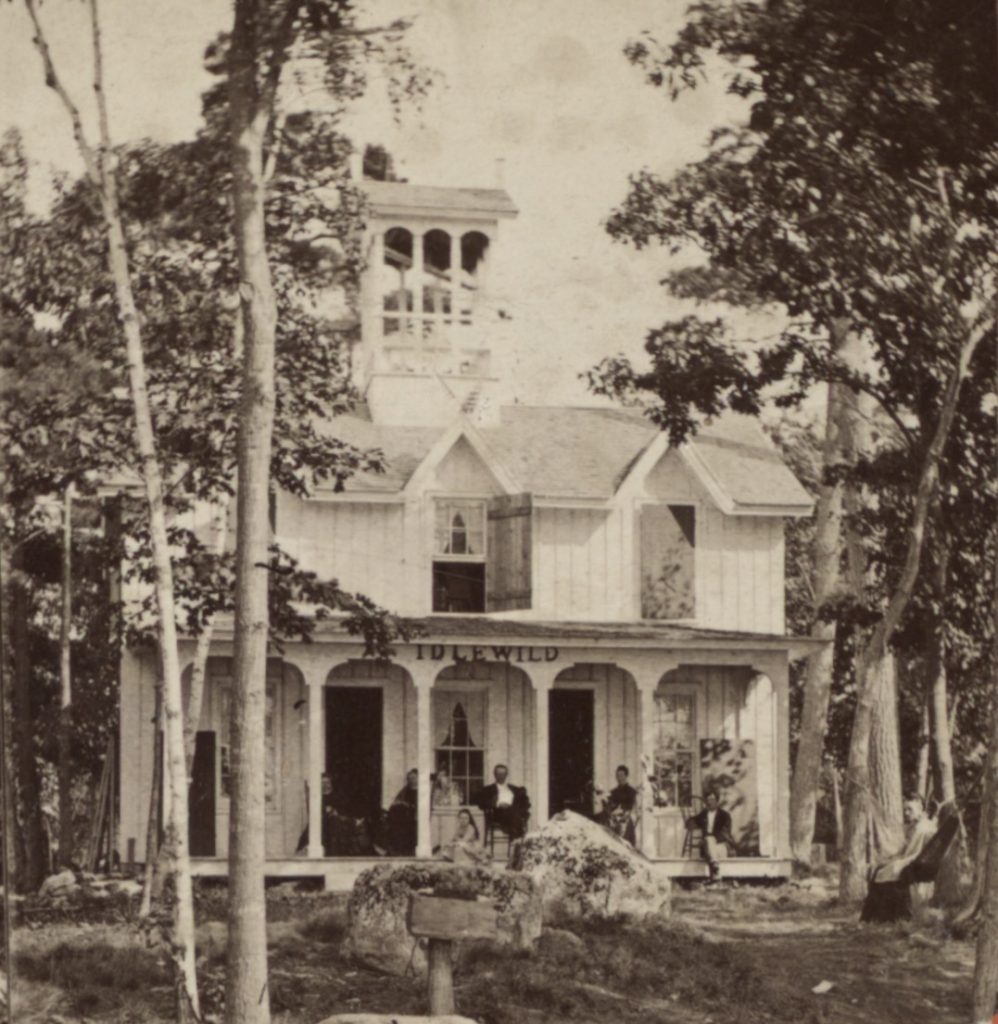
A year later, individuals were invited back to Idlewild, owned then by G. Bradford, R. H. Hall, and S. T. Bordwell. In that year, the growth, expansion, and upgrades were remarked upon in an article in The Times dated August 1, 1874–
In answer to an invitation by Messrs. G. Bradford, R. H. Hall, and S. T. Bordwell, to visit “Idlewild,” we were surprised to find the facilities for easy and safe access to and about the Thousand Islands so much improved since our visit there a year ago. The palace cars of the R. W. & O. RR. to the Cape; the elegance and safety of Capt. Sweet’s line of steamers to the Bay; the grandeur and comfort of the hotel accommodations; the increased number of pleasure boats and skilled oarsmen to take visitors to the fishing-grounds; and the improved appearance of the inhabited islands generally, all serve to add increasing admiration of our local “fashionable resort.”
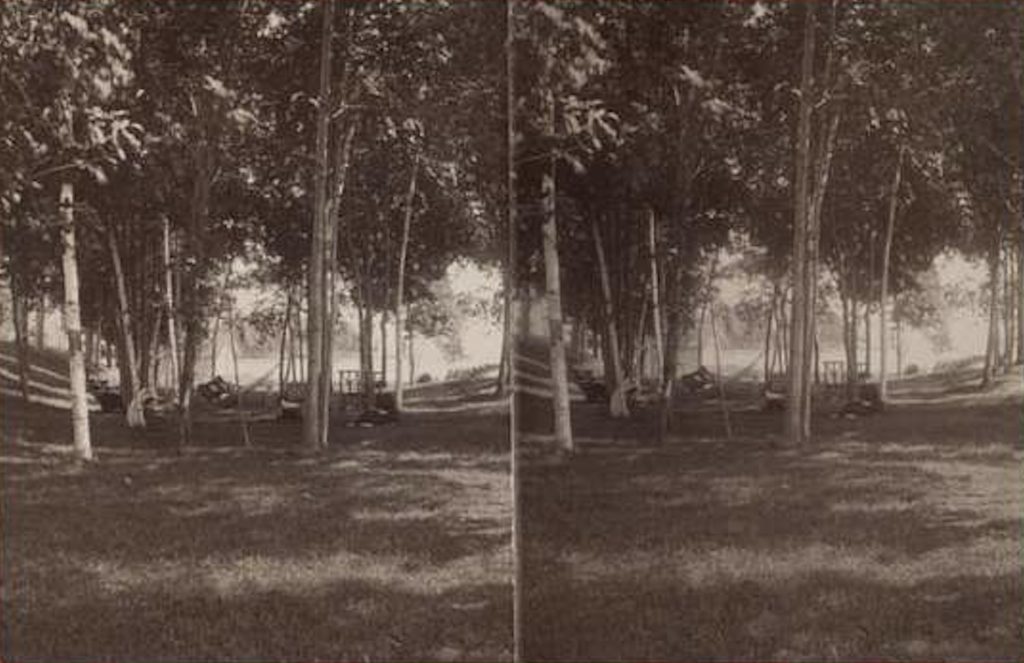
The article went on to discuss several pleasantries experienced during the trip and concluded with the following concerning Idlewild Island–
Idlewild is a charming spot, made beautiful and interesting by her serpentine walks, shady nooks, smooth lawns and well cultivated vegetable and flower gardens. Indeed she is called the “gem” of the Thousand Islands; and the pride and pleasure of her owners is, to entertain with unbounded hospitality all friends who may favor Idlewild with their visits.
Idlewild, at the time, had an early, rustic, wood-framed cottage that was not unlike many others in the Thousand Islands, such as Nobby Island and Warren Island. Bradford, Powers, and Bordwell (not sure what happened to Hall) sold the property in January of 1880 to a gentleman named Mr. Yates, a coal dealer from Rochester, N.Y., for $2,000.
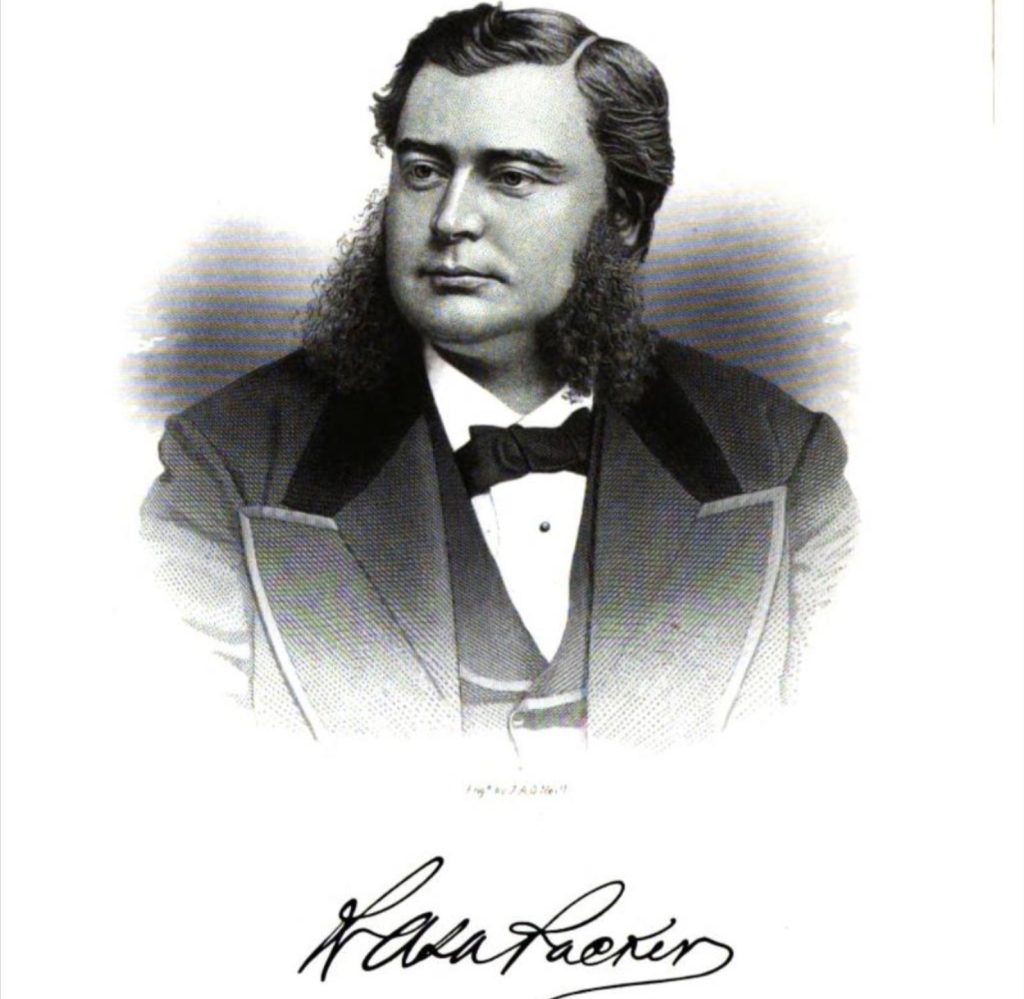
Yates did not hold onto the property for long, selling it shortly afterward to Robert Asa Packer, the eldest son of Asa Packer, founder of Lehigh University and notable businessman and railroad magnate. Robert had been visiting the Thousand Islands for several years, his brother Harry owned neighboring Sport Island, which, along with Idlewild and Sunnyside and several other islands, comprised the Summerland Group of Island near the Canadian border north of Alexandria Bay.
Unfortunately, Robert did not have the opportunity to enjoy Idlewild much; in March of 1882, he became very ill while at his place in Florida, and The Times reported then, “with no chance of recovery.” He passed away in February of 1883 at the age of 40 while in Florida, though it is unknown if the cause, pneumonia, was related to his illness nearly a year prior.
Both Packer brothers, in fact, lived on a few years after their father’s passing in 1879; Harry passed a year after Robert at only 33 years of age. According to the Brockville Recorder, the brothers’ estimated wealth was $10,000,00o, but most of it was tied up in a trust created by their father.
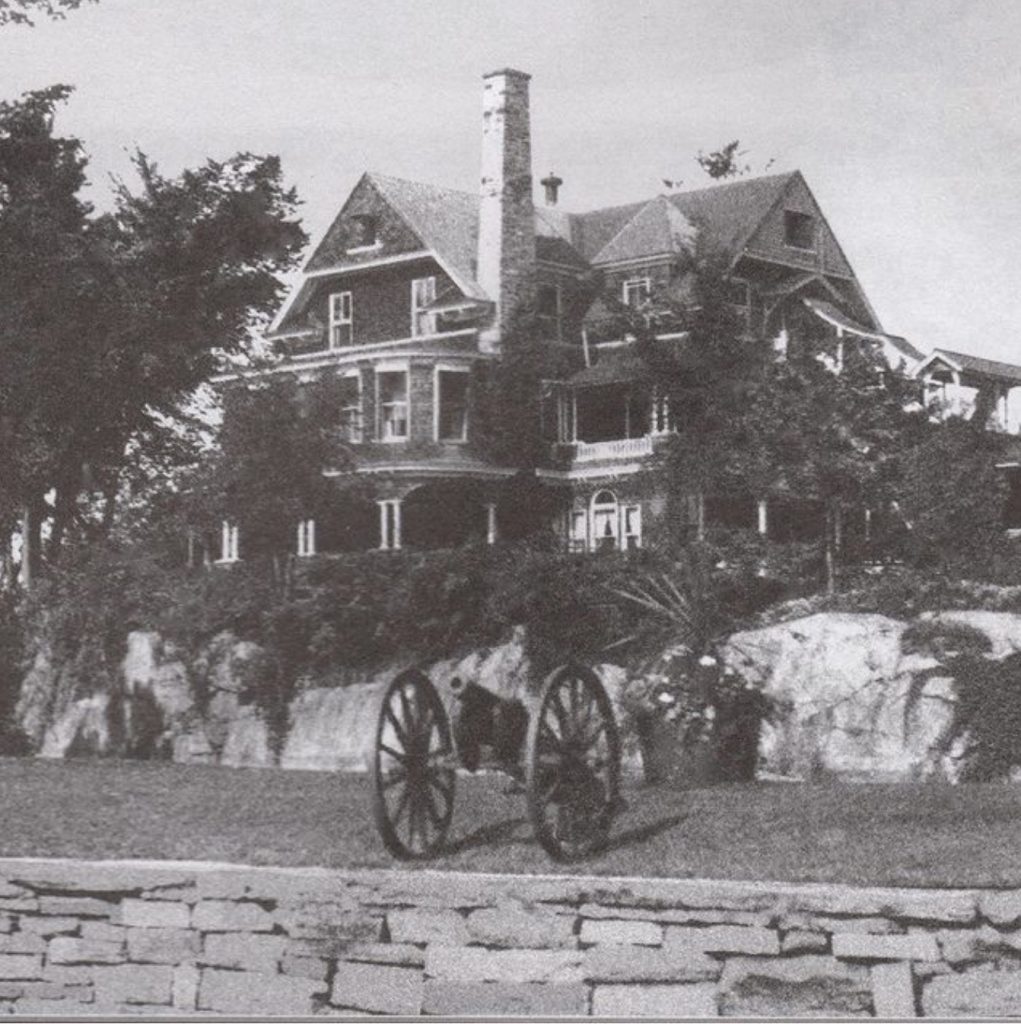
Robert’s short ownership was but an almost insignificant part of his life, briefly eulogized in the book, Proceedings, Scottish Rite (Mason order), Supreme Council for the Northern Jurisdiction, published later the year of his death–
llustrious Brother Robert Asa Packager, 33°, was the oldest son of that distinguished and eminent Pennsylvanian, the Honorable Asa Packer, who deceased in 1879. He was born in Mauch Chunk, Pa., on November 19th, 1842, and lived in that place until September, 1876, when he removed to Sayre, Pa., a new place which he then laid out and whose subsequent rapid and substantial growth and development have been largely due to his management and direction.
His business career was eminently successful, and at the time of his decease he was President of Penna. and N. Y. Canal and R. R. Co., President of Geneva, Ithaca and Sayre R. R. Co., and Director of the Lehigh Valley R. R. Co. He was also one of the trustees of his father’s estate and a trustee of the Lehigh University, that noted institution of learning, founded and liberally endowed by his father.
He was an ardent and devoted member of the Protestant Episcopal Church; her interests were dear to his heart. He founded and organized the Church of the Redeemer at Sayre, Pa., and to the end of his life he took a very active and lively interest in prosperity, which was largely due to his efforts.
He died at his plantation at Keystone Bluff, opposite Jacksonville, Florida, on February 20th, 1883, of a short and violent attack of pneumonia.

The following year, in 1884, a new cottage was constructed on Idlewild for $17,000. Whether Emilie Packer, Robert’s widow, had it completed is a good question considering most of Robert’s money was tied up in a trust. She eventually remarried in 1886 to Richard H. Eggleston, a wealthy New York City banker. Eggleston later purchased “Little Tycoon” from Watertown Mayor Wilbur F. Porter in 1900, one year before Porter died in the middle of his sixth term as mayor.
In 1904, the Egglestons constructed a new, 21-room mansion on Idlewild that shared some of the same architectural elements as the mansion on neighboring Sport Island, which was then owned by the nephew of Asa Packer, Elisha Packer Wilbur.
A side note: I couldn’t determine if the mansion was built anew; on Sport Island, the previous mansion was built around the existing structure. There was no mention in the press as to the extent of the construction on Idlewild at the time, only that the Egglestons were visiting in late March and inspecting work.
Later in 1904, Paul J. Dashiell of Annapolis was a guest of the Egglestons at Idlewild. Dashiell, at the time, was secretary of the rules committee for the National Football Association while also serving as the head coach for the United States Naval Academy from 1904 – 1906. The possible connection to the Egglestons? Dashiell played college football at Lehigh University. Also of note, Dashiell is considered “the father of the forward pass.”
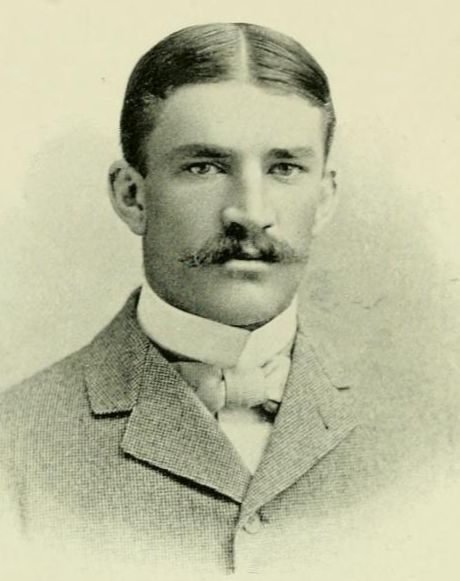
Sometime around 1930, the property was owned by the McLear family. Robert E. McLear, a well-known lawyer in New York City, was a native of Gouverneur, where he began his law career under the firm Conger, Orvis & McLear. McLear would hold an annual outing for the Jefferson County Bar Association at Idlewild, with guests numbering between 80 – 100 each summer.
The Times reported of one such outing held in August of 1937–
Nearly 100 attorneys and their guests of northern and central New York attended the eighth annual outing of the Jefferson County Bar association Saturday at Idlewild, summer home of Attorney Robert E. McLear, New York City.
Two large tour boats transported the delegation from Alexandria Bay at 11 and 12 Saturday to Idlewild where the afternoon and early evening was enjoyed by various types of recreation.
Several months after hosting the 9th Annual JCBA at Idlewild, Robert McLear died from a stroke at 60. His obituary read, in part—
New York, Dec. 6—Robert E. McLear, 60, native of Rossie, St. Lawrence County, for several years wealthy New York attorney associated with the Equitable Life Assurance society, died of a stroke about 2 this morning at his home, 40 Oriole Avenue, Bronxville. Mr. McLear was stricken about a week ago and his condition had since been serious.
Although he had offices at 141 Broadway, he was particularly well known in Northern New York, having spent his boyhood at Rossie and his young manhood at Gouverneur. There he obtained an excellent business training under the late A. J. McDonald, later taking up and engaging there for a few years in the practice of law.
In 1949, his widow, Edna McLear, sold Idlewild to A. Gregg and Doris C. Noble of Baltimore, Md. The couple intended to make improvements that year on the property negotiated by Wilste & DeYoung, brokers located in Alexandria Bay.

Unfortunately, like many other regional properties, information was scarce in the following decades. Complicating matters was “Idlewild” has been used as a name for steamboats, other cottages, a movie, airplanes, and, as some may recall, was the former referenced name of JFK Airport.
In the 2000s, Idlewild was owned by Guthrie S. and Louise G. Birkhead of Syracuse, who pledged $450,000 to The Thousand Islands Land Trust in 2007, its largest single financial gift to date at the time, according to the Watertown Daily Times.
The last transaction for Idlewild was found in 2013, from Kenneth David Harvey, Franklin, Mass., to Adam T. Burk Living Trust, Adam T. Burke and Jennifer A. Burk, trustees, from Arlington, Mass.
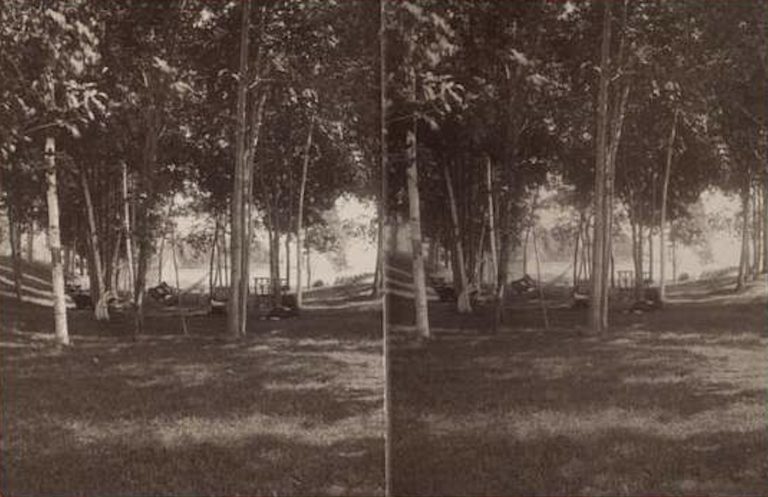
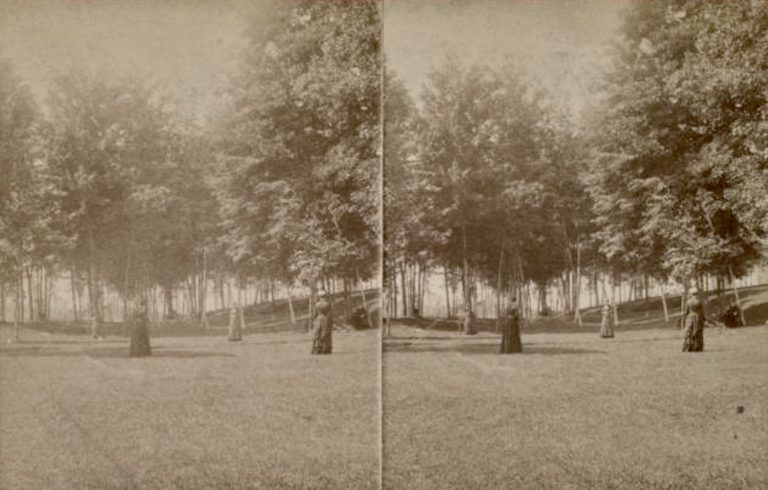
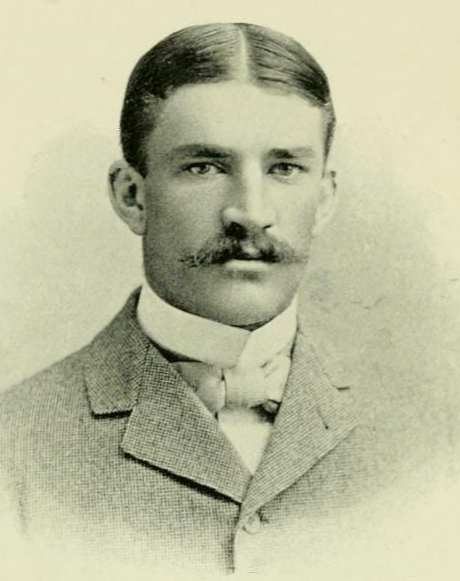
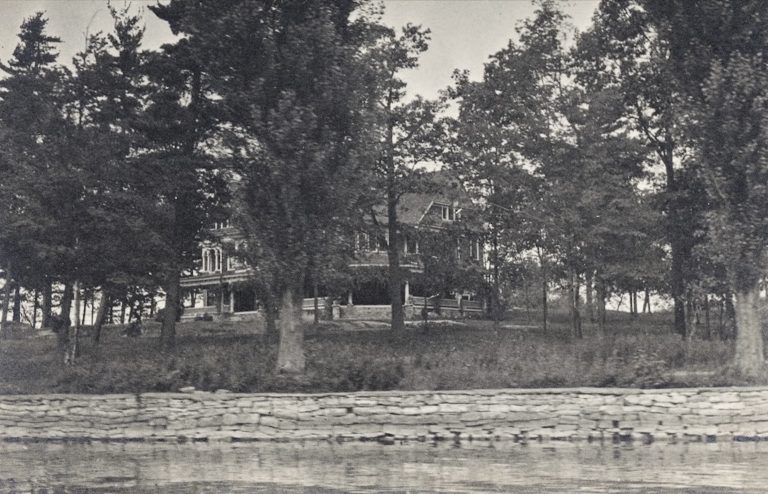
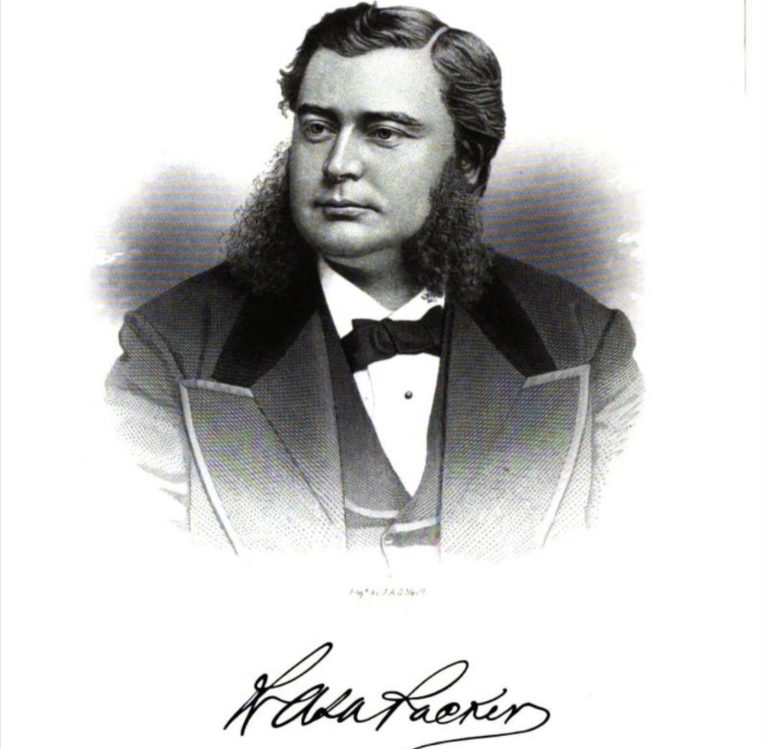



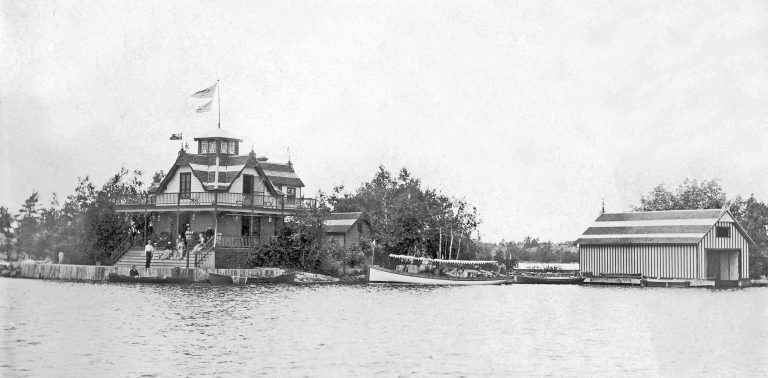
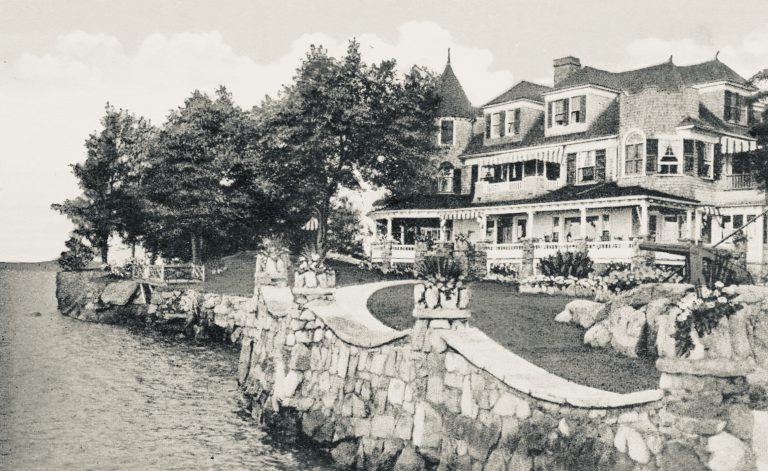
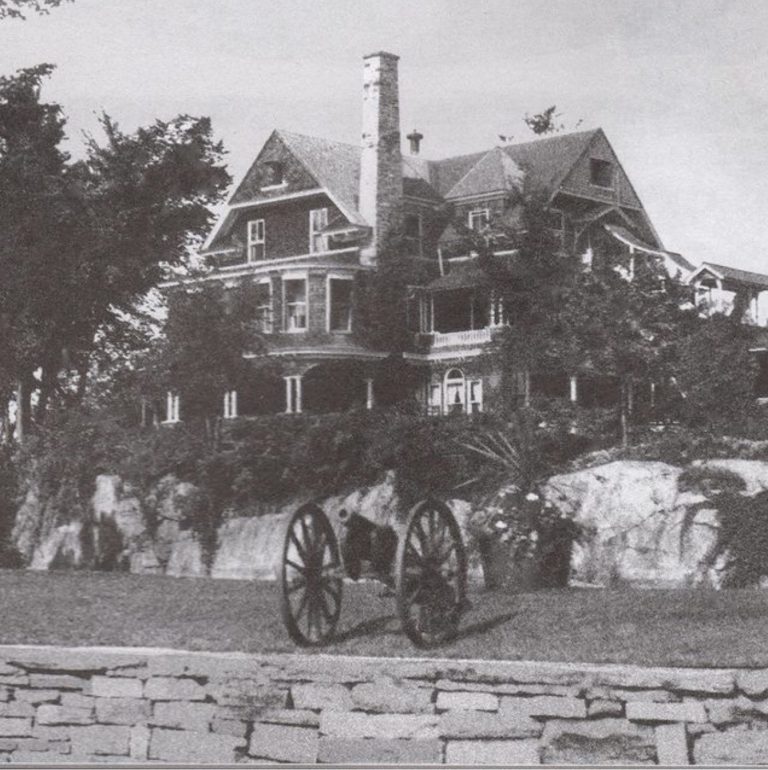

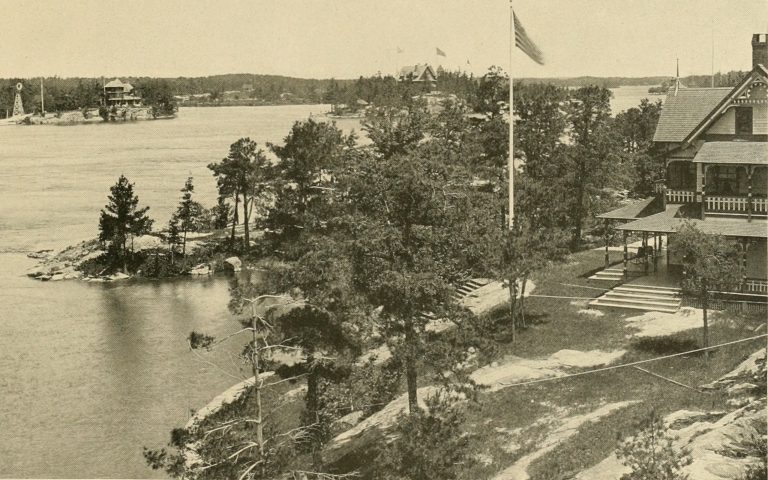
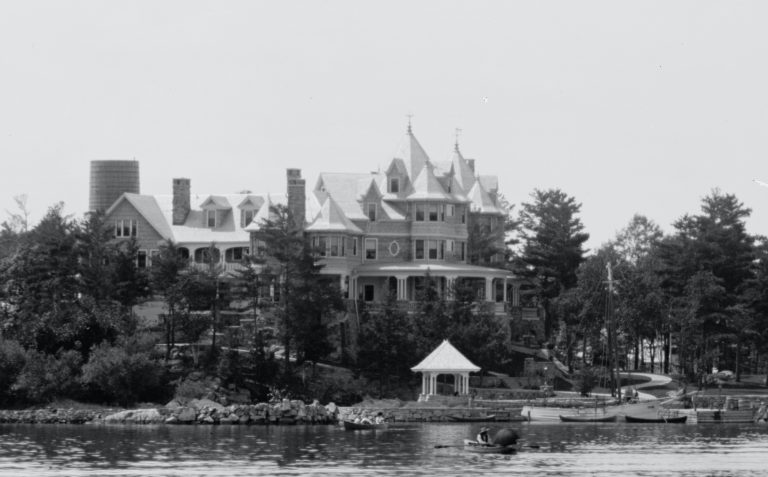
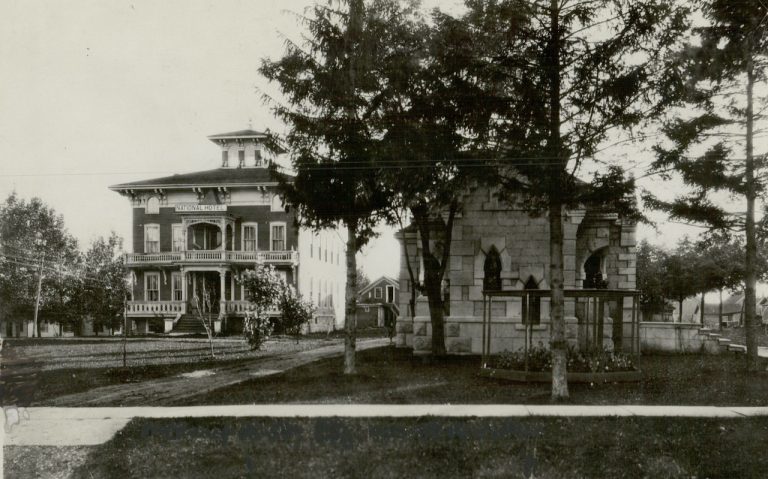
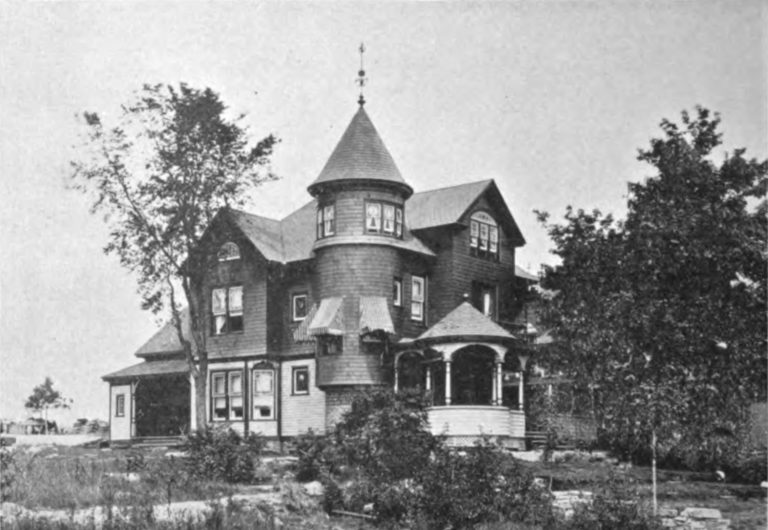

3 Reviews on “Idlewild – 1000 Islands”
I now send you a better photo of Idyl Wyld (or whatever the spelling should be)
Your picture of Idyl Wyld Island is definitely the small island (cottage built in 1884) in the Admiralty Group of Thousand Islands at the west end of McDonald Island & about 1 mile southwest of Gananoque & about 15 mikes downriver from Kingston, Ontario. I used to own Island 12a (‘Niama’) adjacent to Idyl Wyld Island. I attach a photo of the Canadian one from my collection.
Thank you for the clarification and photo! I just found it on Google Maps, spelled Idylwyld, which explains why I couldn’t find it beforehand.
A must see is Asa Packers home in Jim Thorpe.Also Jim Thorpe is a awesome place to visit.
It’s another property I have on my list to research. I have one old stereoscope photo I’ve come across, and just read a good article about Robert’s mansion in Sayre that was turned into a hospital. A lot of rabbit holes to go down with this family!